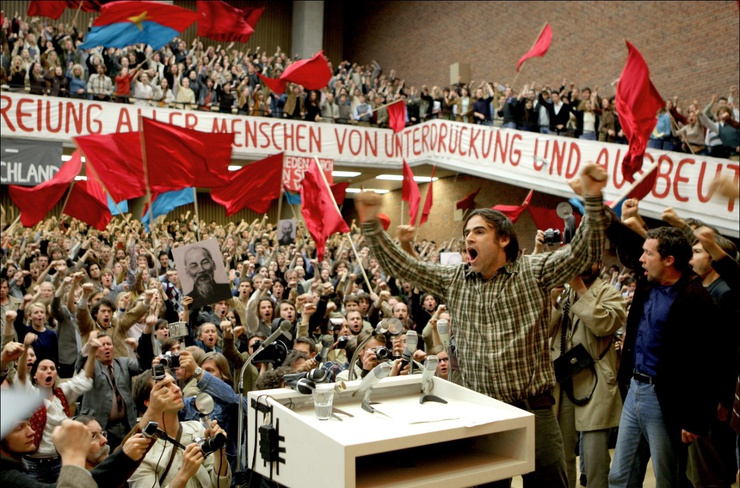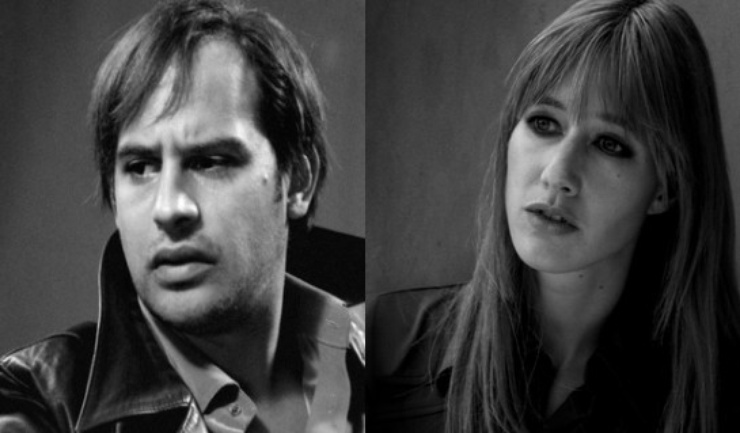
The Baader-Meinhof Complex: Germany’s Oscar entry should be more honest
Published on
Translation by:
Sarah GrayAdapted from the book by Stefan Aust, the film is released in UK cinemas on 15 November. The story of the demystification of the terrorist group the Red Army Faction (RAF) is also the German entry for best foreign language film for the 2009 Oscars. Film review
Bourgeoisie, beware! Der Baader-Meinhof Komplex describes the actions of the first two generations of the RAF, a terrorist group born out of the student movement in sixties Germany. The faction declared war on ‘the system’, believing that the post-war denazification of the country by the authorities was still incomplete. For them, the new German state was a new fascist state. The armed struggle used urban guerrilla tactics (targeted attacks on banks, state institutions). It was led by a communist avant-garde aimed at making the masses rise up against their bosses and against the American military stationed in Germany, considered to be imperialist occupying force.
Thousands of supporters
The RAF was active from 1970 to 1998, over almost three decades during which the group assassinated 34 people. A whole section of the federal republic’s history is represented in the film in one of its moments of weakness, in particular the period up to 1977, when the RAF rallied tens of thousands of supporters.

In 1971, 51% of the German population considered the organisation’s members to be political fighters. Society was divided as to how to deal with terrorists. Would the state’s hard-line actions be used as justification for other terrorists’ causes? The lack of decisive action seemed like the beginning of a victory for the group. In short, this tension only grew during the 1970s, known as the ‘years of lead’. It reached its climax in 1977 with the collective suicide of three imprisoned RAF members and the murder of Hanns Martin Schleyer, president of the German employers' association. Many feared the republic would fall into civil war.
Far removed reality?
Things have changed since. Thirty years on, the film casts some of Germany’s most popular actors. Moritz Bleibtreu plays Andreas Baader, one of the group’s most symbolic figures. He is portrayed as a rebel with a big heart, fighting against the system and authority, enjoying a good party, driving sports cars, preaching sexual liberation. A fearless gunman single-handedly taking on a unit of policeman and their armoured cars.
The viewer shares the adrenaline rush which seems to follow Baader in this feat of arms. However, it seems that the reality the leader was very far removed from this modern Billy the Kid. In an interview in German newspaper Die Zeit, Bleibtreu explains that when listening to recordings of the Stammheim trial, when the main protagonists of the first generation of the RAF, he was disappointed by Baader’s voice, which held no charisma whatsoever. ‘At the time, the state would not release any recordings, as they wanted to prevent the trial becoming a political cause. This was counterproductive – if they had broadcast these tapes, half the supporters would have started to doubt the movement.’
In the film, however, Baader blows up at the judge and insults him, to the applause of those attending the trial. Is this a manipulation of history? Is the film really trying to demystify the RAF? The widow of one of the group’s victims has decided to sue the director for not having represented her husband’s murder as it actually happened.

Eichinger, the film’s scriptwriter, should have been more honest with the audience. Stylising events with the intention of making the story work as an interesting film is not a bad thing, as long as this intention is admitted. That’s what most of the audience would want, to see a new type of Bonnie and Clyde. Alone against the world! German journalist Tanja Dückers expresses this very sentiment when she says that the RAF figures in the member give a sort of ‘warm feeling’.
As for the real story
They no longer represent, as they did thirty years ago, dangerous anarchists with knives between their teeth, full of murderous rage. In a world in which danger and conflict grows and spreads for reasons often unknown to the man in the street, it is almost comforting to think of a time when the greatest danger was a gang of young people who with hindsight seem so naïve.
The problem is this desire to make a film which would make everyone agree about the RAF’s story. It would be better for us to look for answers to these historical questions where we can find them, and for filmmakers to do what they do best – tell stories – without any pretentions.
The author of this article is a member of theHistoria babelblog
Translated from La Bande à Baader : de la réalité au mythe



